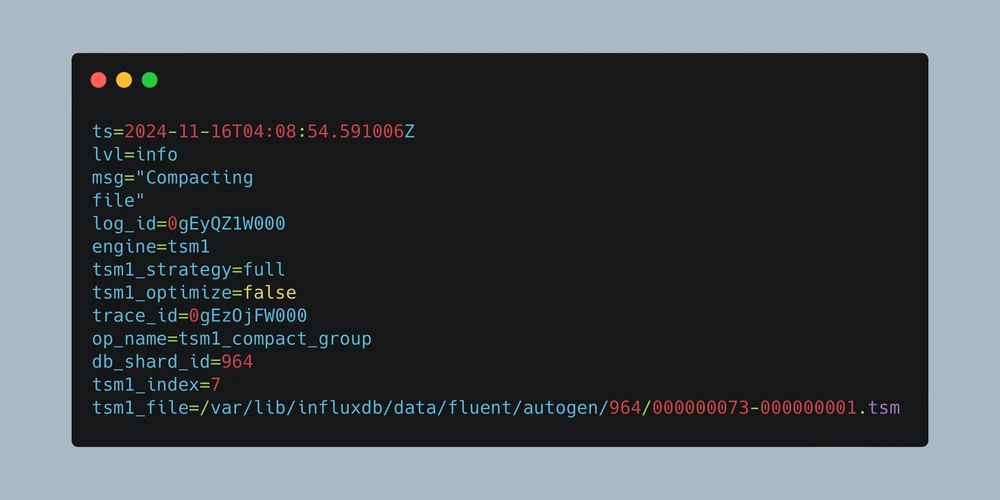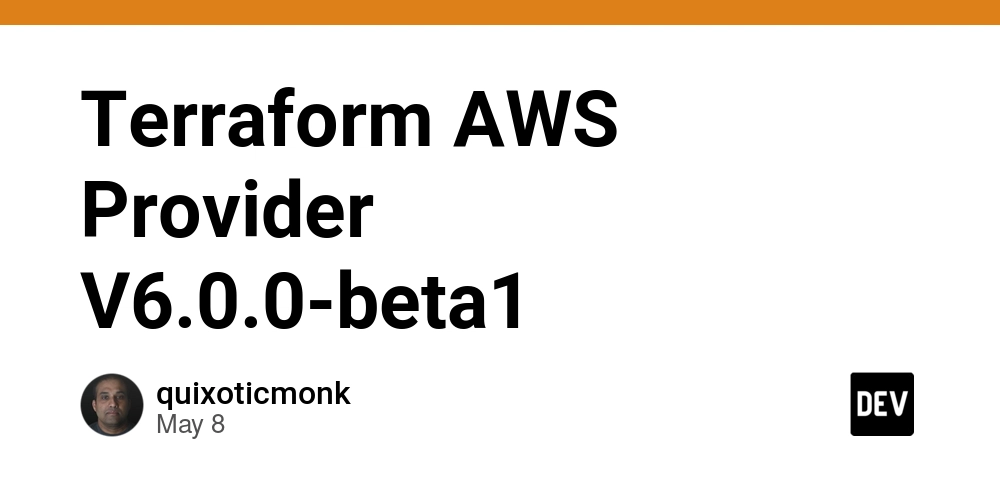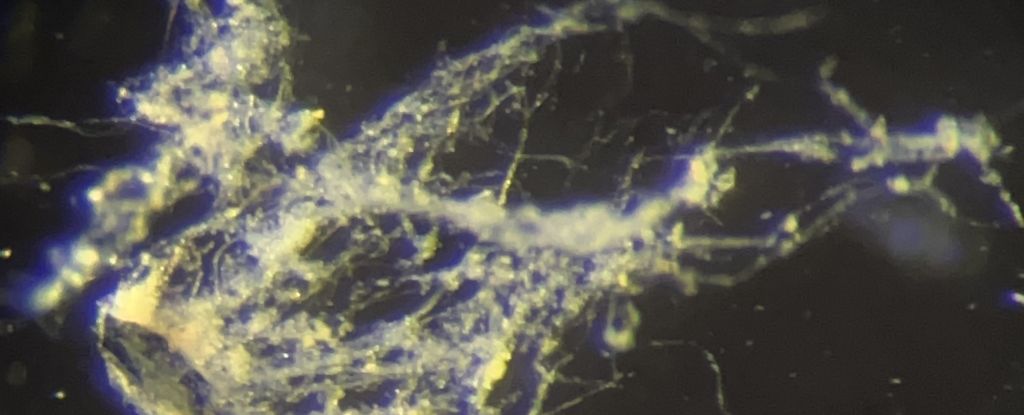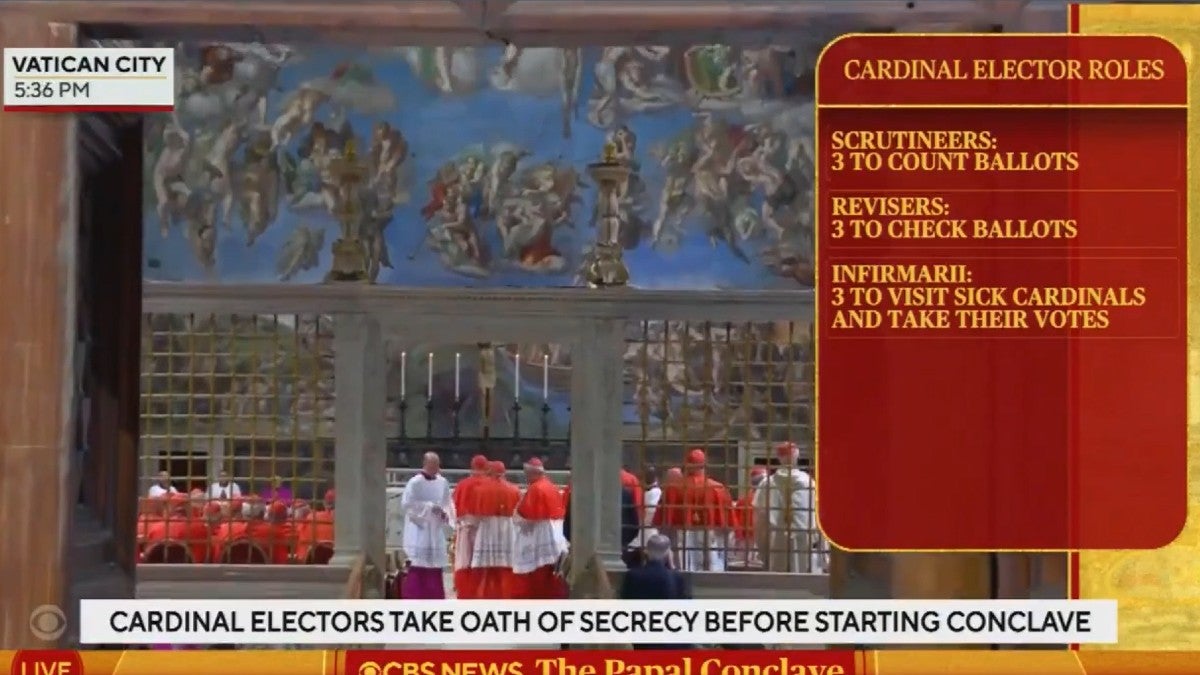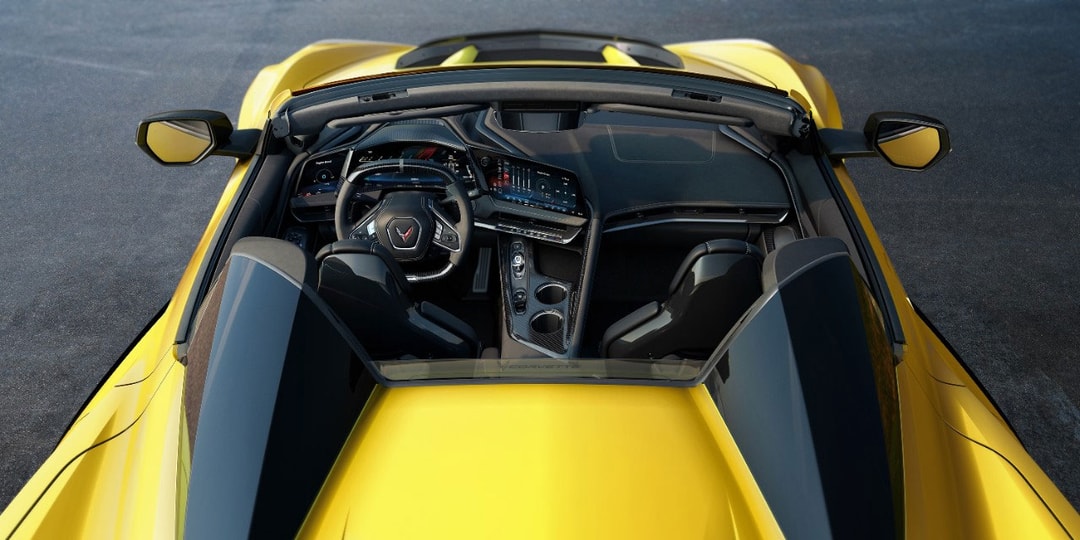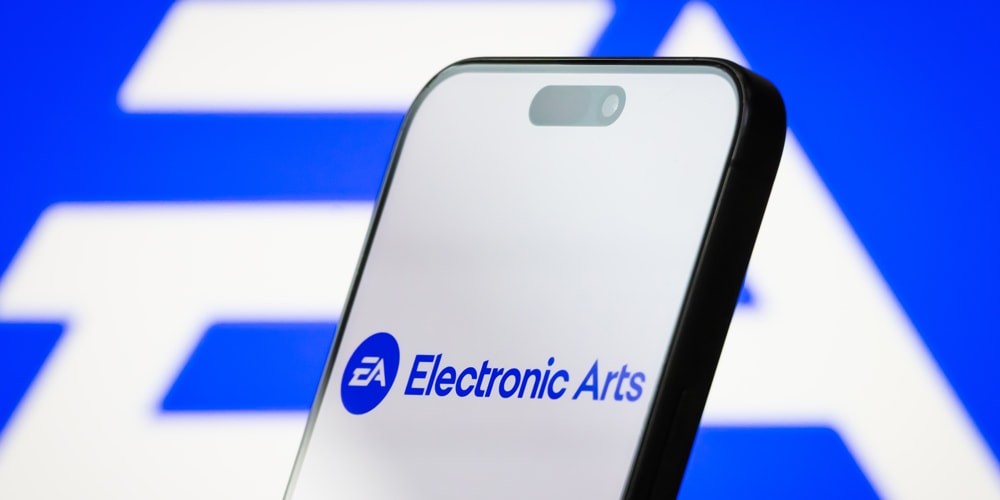The RACER Mailbag, May 7
Welcome to the RACER Mailbag. Questions for any of RACER’s writers can be sent to mailbag@racer.com. We love hearing (...)

Welcome to the RACER Mailbag. Questions for any of RACER’s writers can be sent to mailbag@racer.com. We love hearing your comments and opinions, but letters that include a question are more likely to be published. Questions received after 3pm ET each Monday will be saved for the following week.
Q: I am really concerned for the well-being of IndyCar. No passes on track with any significant results. Palou, apparently, is unstoppable, and I would rather see a different driver as champion this year, but that is probably not happening. Has the hybrid system created the inability to pass on street and road courses? Asking for a friend. You know it’s pretty bad when the FOX ‘moment of the race’ was Ferrucci’s save after getting a bit loose!
Dan, AZ
MARSHALL PRUETT: There are a few factors, and going hybrid is a big part of the problem, but not all of the problem. There’s four contributing factors.
First, it’s the weight of going hybrid that’s having a negative effect. The energy recovery system itself isn’t some evil thing that kills wheel-to-wheel action. It’s the weight. I realize this might not matter to some, but IndyCar could yank the ERS units from the cars, replace them with 100 pounds of rocks to match their weight, and we’d be having the same conversation.
Tires are another big contributor to the problem. The silly-soft street course alternates basically melt if they’re pushed too hard, so drivers have had to treat them like huge liabilities and drive to a specific pace to prevent the meltdown and total loss of performance. Those tires have robbed the ability for drivers to attack, which has dulled the wheel-to-wheel action.
The road course alternates at Thermal reacted in a similar way, but it was the track surface, rather than the tires themselves, causing the huge drop-off in performance. So drivers once again had to stick to a specific and somewhat decreased pace to keep the tires from boiling over and giving up.
Barber was the first race of the year where both tire compounds could take all the abuse they were given without surrendering. But since there wasn’t much to separate the performance between the primaries and alternates, there were no big gambles taken on race strategy; everybody was flat out, and with no cautions, the leaders were running at similar speeds — Palou aside — and that’s not when great passing takes place up front.
Tons of passing happened behind the leaders, but that’s not what makes for memorable races. Nobody watches an NFL game and spends the next day raving about the great blocking in the trenches. It’s the big touchdowns, long runs, game-changing hits and interceptions that we can’t forget. And that’s been missing.
Circle back to the weight again, and how the cars just won’t tolerate the same kind of over-aggressive passing attempts—like they did before the 100 pounds of hybrid–without losing control, and you have a newly flawed recipe.
Weight, plus tire compounds, plus similar paces, plus no cautions and the passing opportunities those restarts bring, and some or all of those factors have combined from race to race to create the product seen during the four opening races.
Q: It is with a heavy heart and much guilt that Big Possum is taking pen to hand to write this but the truth will out as someone once said.
Big Possum is a confirmed die-hard IndyCar fan – attending his first 500 in 1956 – and many, many, many, since. Little Possum has interned with several Indy car teams at the Speedway while on his way to a Purdue Mechanical engineering degree and was passing tires over the wall during pit stops for McLaren and Félix Rosenquist one year.
So Big Possum tuned in to the Barber race Sunday – no more need to be said about that – and after Barber he turned into the NASCAR race at Texas.
Big Possum is not a diehard NASCAR fan, does not normally watch, but does sort of follow it – favorite driver was the Silver Fox, David Pearson, arguably the best of all time – Texas was packed – and hush my mouth, but it was a much better show than the IndyCar race he just left. Cars were running closer together, cooler and more pitstops, with most of the field coming in at the same time and a nice display board of who beat who out of the pits, crashes, yellow flags, restarts and the winner was not determined until the last four or five laps, and it was pretty close. Larson was running away until he wasn’t, several comers and goers, green-white checker finish… all in all, damn entertaining. The TV broadcast showed the invocation and the National Anthem, unlike another channel he could name.
Big Possum can see the attraction, excitement and entertainment value, and that is why the stands were packed. They have their own SiriusXM 24 hour radio show, and on and on.
The saving grace for IndyCar at this time is the Indianapolis 500.
Not being critical, and it is with deep sadness that Big Possum reports these facts and he doesn’t have a solution.
Looking forward to seeing you at the Speedway. Meatloaf dinner at the Speedway American Legion hall on Fast Friday. Happy to have you join me as my guest
Big Possum
MP: Thank you for the invite, my guy.
Really tough moment for Penske Entertainment. How will they react?
Huge new TV partner, heavy pre-season advertising campaign focused on driver personalities and the fastest racing on earth (*after land speed racing, air races, and drag racing), and coming into the season and FOX relationship, it had years upon years of being able to accurately say it had the best racing, and all of this has gone out the window in two months.
I use this description a few times per year, but Penske needs to think of IndyCar as a product on the shelf. How does it look and feel sitting next to similar products on the same shelf? What things does its product offer that makes it stand out in the best ways against the others? Through 2024, I think most would agree that its product was strong and appealing. And I think most who’ve bought and enjoyed the product in recent years would acknowledge the product has changed, and changed significantly, in 2025, and not for the better.
It’s just not as appealing as it was last year, and for those of us who love this product, it kills us to see it being buried at the back of the shelves for F1, which has gone from being boring as hell to highly entertaining, and IMSA, and so on, that have great products to buy today.
And that’s not being critical of Penske or IndyCar; it’s simply saying what’s real.
The good thing is Penske has the sole authority to make any and all changes to improve its product. There are contracts, of course, with obligations to its auto manufacturers and other official partners that can’t be ignored without the risk of being sued, but if the product they help to make isn’t selling like it once was, I’d hope they’d all come together and work on finding quick fixes.










